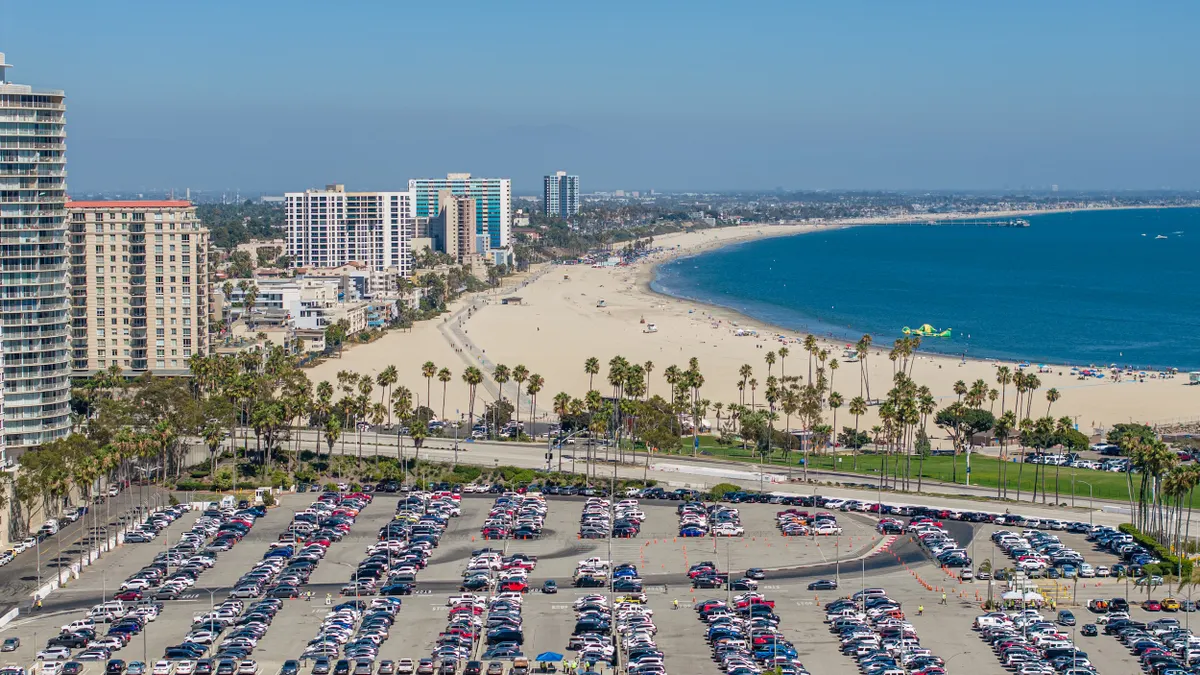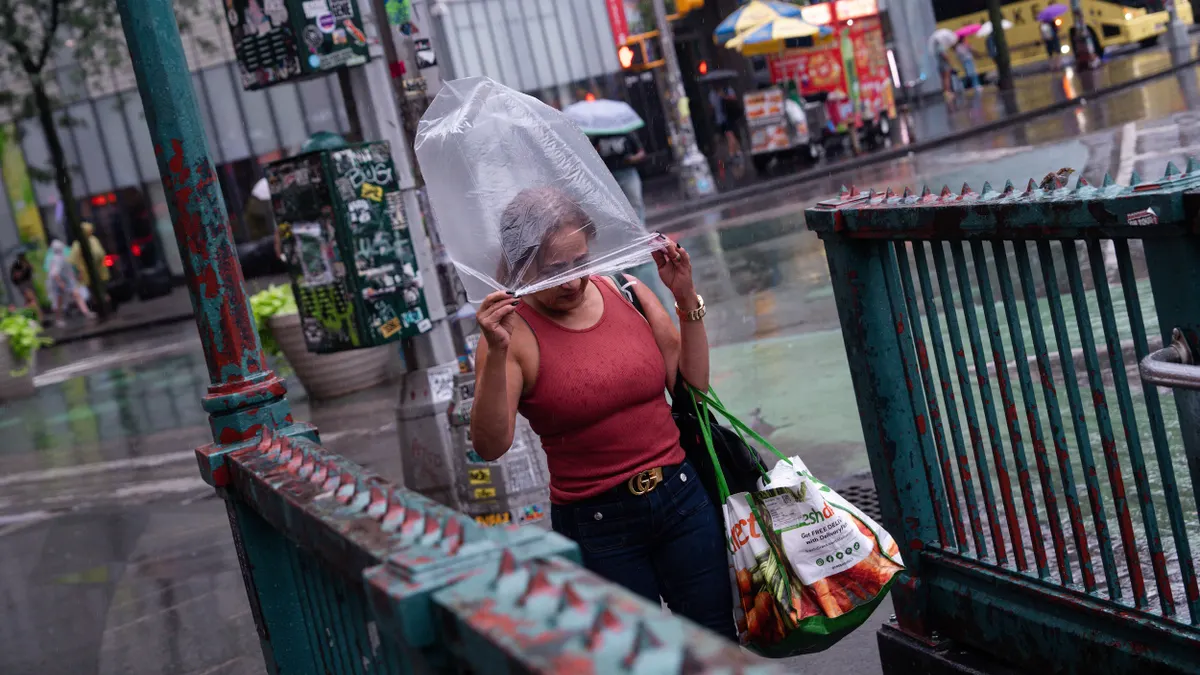Countries are scrambling to develop strategies to fight climate change, as a desire to mitigate its effects intensifies around the world.
The U.S. is one of the biggest nations facing climate disparity right now, since the Trump administration chose to pull the country out of the global Paris Agreement last summer. As the federal government's support for climate issues lags, however, U.S. cities have vowed to uphold the charter's principles — and commitment to climate hasn't stopped there.
Some states have banded together to form the U.S. Climate Alliance, nearly 70 mayors have signed the Chicago Climate Charter, and more than 230 U.S. mayors jointly sent a letter to the Environmental Protection Agency (EPA) to oppose its proposed repeal of the Obama administration’s Clean Power Plan.
A core way cities are moving toward greater sustainability is through promoting cleaner energy supplies. That can include well-known renewables like solar and wind, but also emerging and rapidly expanding options like energy storage and microgrids. Transitioning to a more sustainable future isn't easy, though, and some cities stall before gaining much traction.
"This is not an illusion, that cities are running into a wall," said Dylan Siegler, sustainability specialist for NRG Energy. "The energy market landscape has become increasingly complex, so the sophistication that’s required to navigate the proliferation of new technologies [and] the new parity, or near parity, of renewables is genuinely difficult."
Siegler experienced the challenges firsthand during her time as the sustainability manager in Austin, TX. She led NRG's sustainability experts in releasing a report, Powering Sustainable Cities: Key Trends and Pathways to Success for City Leaders, to provide an overview of municipal sustainability and to act as a guide for city leaders seeking cleaner energy solutions.
"This is not an illusion, that cities are running into a wall."

Dylan Siegler
Sustainability Specialist, NRG Energy
"If you are confused and/or having trouble managing and understanding all of the complexities associated with this while doing all of the rest of the things that sustainability professionals in cities are expected to do with very little budget and stakeholder engagement... that's real. We feel you," Siegler said. The report can assist leaders with "understanding what the options are for them and make the right decisions to bring us closer to a sustainable outcome."
The report found that leading cities shared four main successful tactics in their efforts to boost sustainable energy: dedicated staff resources, employing unique assets, finding funding and accessing expertise. In short, dedicating at least one employee to sustainability is important, but all solutions don't look the same and municipalities should leverage their own strong suits.
Another key point is that devising energy policies and programs is easier and often more successful when achieved through partnerships. The obvious partners might be energy companies or consultants, but they could also include organizations such as the Environmental Defense Fund or STAR Communities, interns and recent graduates who bring fresh ideas and expertise from academia or peer connections formed through networking and attending industry conferences. "Partnerships can take many forms, and you don't have to do just one," Siegler said.
Partnerships and shared resources can be particularly beneficial for small cities and rural areas, which might feel left out of the sustainability game. "I think we have a political climate in the U.S. that has brought into [view] the differences in opportunities in rural areas, and energy is no different," Siegler said. Lesser populated areas' sustainable energy futures mirror their access to broadband internet service, which is to say that "rural areas have fallen behind and often don't even have an incorporated municipality to complain to."
Regardless of a municipality's size, "there is a way forward" on the sustainable energy front, Siegler said. It's a matter of conducting a solid analysis of needs and desired outcomes in order to "understand the landscape well enough to identify the solution... It’s not going to be the right solution if doesn't take into consideration the entire context."
"Low-income populations [and] people of color are impacted by climate change in a way that is not proportional to their presence in the world."

Dylan Siegler
Sustainability Specialist, NRG Energy
Similarly, cities are prioritizing equitable distribution of sustainable energy resources in other underserved areas, such as low-income neighborhoods. Although approaches vary, the most forward-thinking cities — such as New York and Los Angeles — actively focus on overcoming inequitable resource distribution.
"Low-income populations [and] people of color are impacted by climate change in a way that is not proportional to their presence in the world," Siegler says. Low-income neighborhoods disproportionately feel the effects of climate change because, for instance, they tend to have less greenery, less access to public transit and closer proximity to high-pollution travel routes and industrial parks. Low-income residents also tend to live in less energy efficient homes than well-off residents, so they end up paying more for the energy that they use.
"The solutions that might start to tackle that issue are also not equitably distributed," Siegler said. "That's something a lot of cities are grappling with right now."
Despite cities' sizable challenges toward more sustainable energy solutions, experts say not to fret.
"This is not insurmountable. There are resources around you to take advantage of," Siegler said. "Don't be afraid [because] there is a solution for you."


















